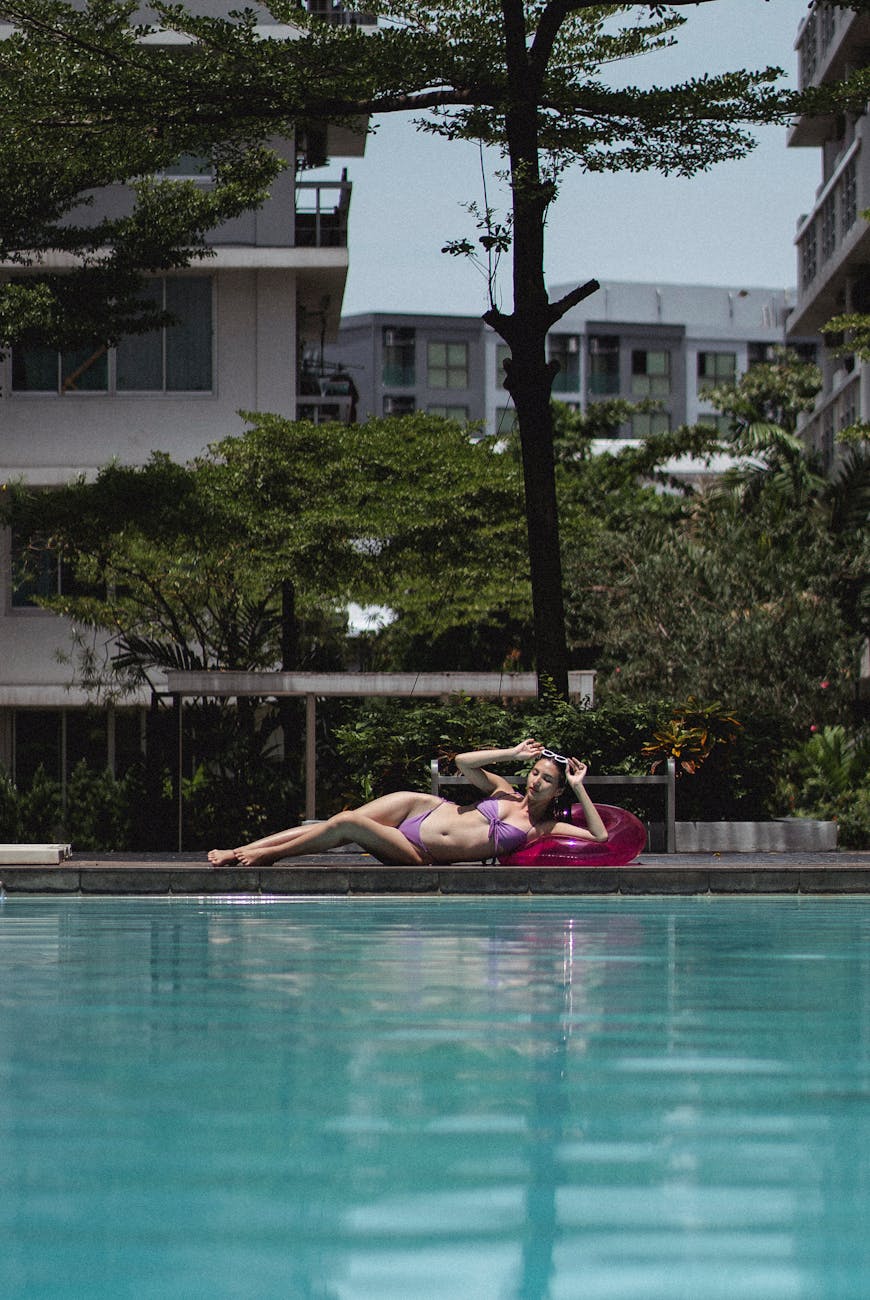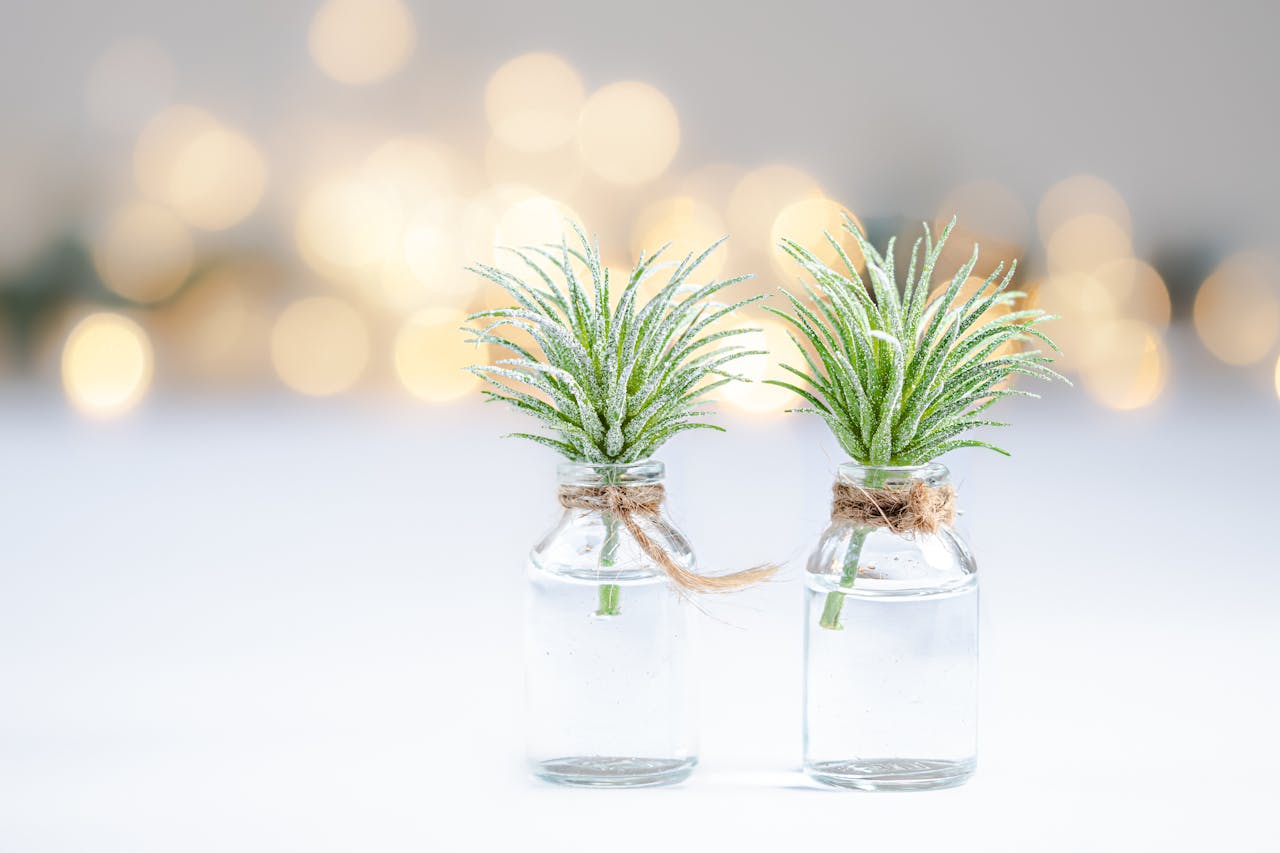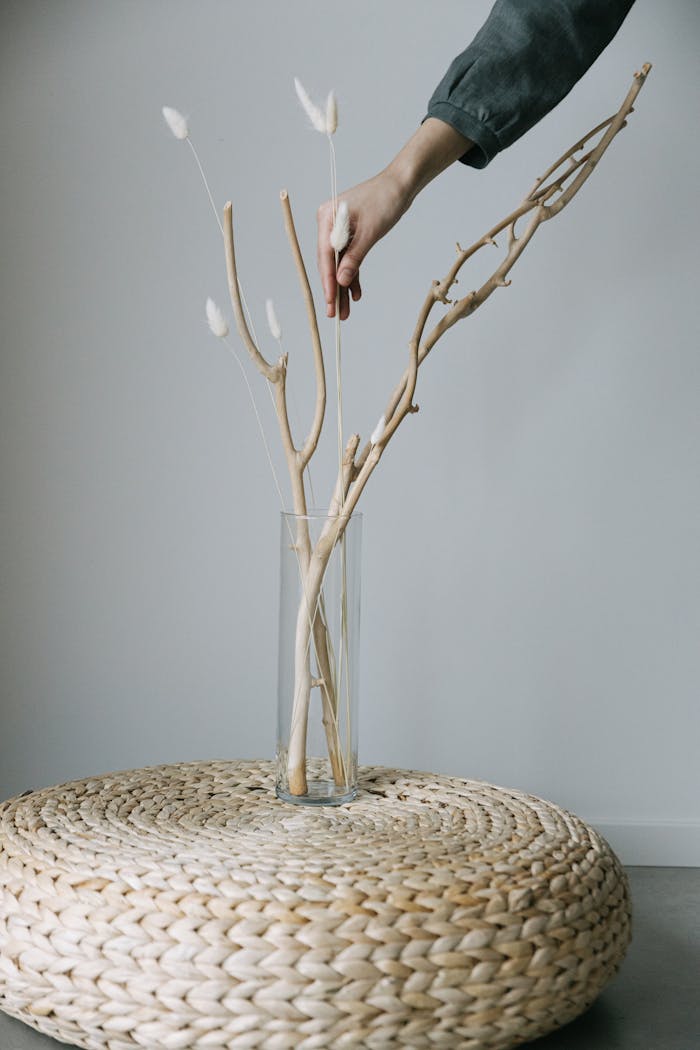In today’s fast-paced urban lifestyle, many city dwellers find themselves surrounded by concrete buildings and bustling streets with limited green spaces. However, the desire to bring nature indoors has led to a rising trend of incorporating artificial trees into urban apartments. These lifelike and affordable solutions offer numerous benefits, making them a popular choice for those seeking to add a touch of greenery to their living spaces.
Benefits of Artificial Trees in Urban Apartments
Artificial trees serve as a versatile and low-maintenance option for urban apartments where natural sunlight and proper ventilation can be limited. With advancements in technology, these artificial trees closely resemble their natural counterparts, providing a realistic and aesthetic appeal to any indoor environment. Moreover, they come in a variety of sizes and species, allowing individuals to customize their greenery based on personal preferences and spatial constraints.
Enhancing Indoor Aesthetics with Artificial Trees
The use of artificial trees can transform the atmosphere of an urban apartment, creating a serene and pleasant ambiance. Whether placed in the living room, bedroom, or even a home office, these faux trees bring a sense of tranquility and relaxation to the space. Additionally, they can act as focal points or decorative elements, adding a pop of color and texture to an otherwise monotonous interior.
Maintenance and Cost-Effectiveness
One of the primary advantages of artificial trees is their minimal maintenance requirements. Unlike real plants that need regular watering, pruning, and sunlight, artificial trees only require occasional dusting or cleaning to maintain their vibrancy. This makes them an ideal choice for busy city dwellers who may not have the time or expertise to care for live plants.
Moreover, investing in artificial trees can be a cost-effective solution in the long run. While the initial purchase price may vary depending on the size and quality of the tree, it eliminates the need for ongoing expenses such as fertilizers, pesticides, and replacement of wilted plants. Over time, artificial trees prove to be a durable and budget-friendly alternative to their living counterparts.
Creating a Sustainable Indoor Environment
In addition to their aesthetic and practical benefits, artificial trees contribute to creating a sustainable indoor environment. By opting for faux plants, individuals reduce their carbon footprint and minimize the use of natural resources associated with traditional gardening practices. Furthermore, the longevity of artificial trees ensures they can be reused and repurposed, promoting a more eco-friendly approach to home decor.
Final Thoughts
Artificial trees have emerged as a popular and affordable solution for urban apartments seeking to bring the outdoors inside. With their realistic appearance, low maintenance requirements, and cost-effectiveness, these faux plants offer a convenient way to enhance indoor aesthetics without compromising on sustainability. Whether you’re a busy professional, a nature enthusiast, or someone looking to revitalize your living space, consider adding artificial trees to your urban apartment for a touch of greenery that lasts a lifetime.


